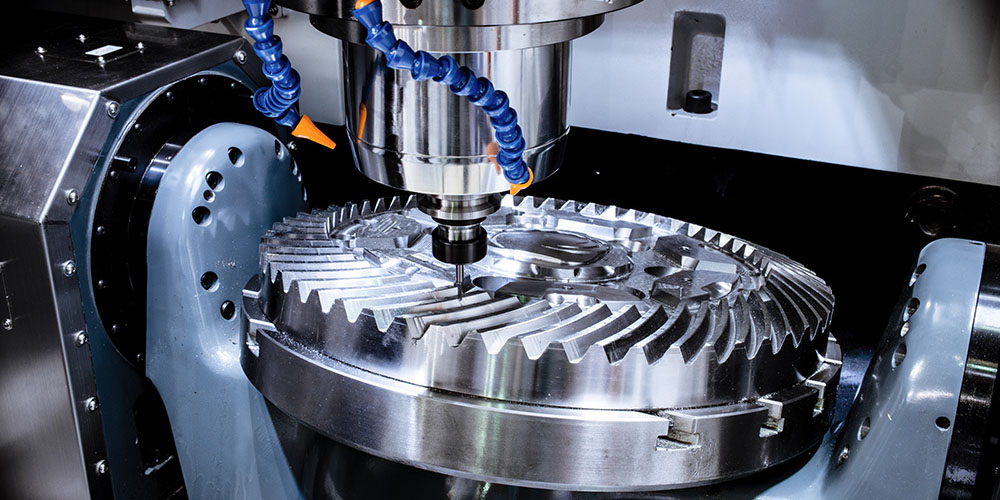Right now, there are two main ways of making different kinds of parts and products. One is manual machining with laborers, and the other is automated computer numerical control machining or CNC for short. Under both these manufacturing processes, there are a plethora of different techniques to achieve the perfect customization on every tiny part or product. One highly popular and successful manufacturing process is Milling.
Milling can be manual as well as automatic with the help of the CNC machinery, and this article talks about the CNC milling process and how it works. Before moving towards CNC milling, let’s first talk about what milling actually is. Milling is a manufacturing process that uses different types of sharp cutters to form and mold anything out of metal, glass, wood, or plastic, or any other substance. The main purpose is to turn a worthless chunk of any substance into a useable and important thing.
On the other hand comes the automatic milling with CNC machines. CNC machining China has completely changed the milling process. With the help of the G-Code softwares and CAD designs, the CNC machine milling now seems a much better option than manual milling. Here is how the CNC milling process works:
CNC Milling
CNC machining has various sub-branches, and just like the rest of them, milling also uses special machines, sharp tools, and carefully written code to prepare custom-designed finished goods. The CNC milling process has the following FOUR basic steps:
- Making a CAD(Computer-Aided Design).
- Converting the CAD into the CNC machine program using G-Code.
- Installing the right tools on the CNC milling machine.
- Execution of the CNC milling process.
The execution of the CNC milling process means the milling machine starts working its magic on the piece. Cutting, grinding, and drilling through the workpiece while rotating it along every possible axis on the work table.
Typical Milling Process Uses
The milling process is most suitable for producing parts and pieces that require high accuracy. Whether it’s manual milling or CNC machine milling, the milling process most commonly is used as a finishing touch process. Mostly chipping or grinding a workpiece to get rid of any extra material left on after turning or boring. Drilling in holes and slots in the workpiece or just polishing an already manufactured workpiece for a better and more precise finish.
But, the milling process is great for complete workpiece manufacturing too. From a CAD design to a final product, the milling process fares very well for certain substances and certain designs.
CNC Milling Processes
Because the CNC milling process is highly accurate and versatile, it further has various processes and types of milling. The FOUR most common milling processes include:
- Face Milling.
- Form Milling.
- Angular Milling.
- Plain Milling.
These FOUR are the most common types of milling in all industries, and the difference between the FOUR is the tools and the positions of those tools. For instance, in Face Milling, the cutting tools are perpendicular to the surface of the workpiece and in Angular Milling, the cutting tools and angled, usually at 50-60 degrees.
Aside from these, there are plenty of other milling types like:
- Straddle Milling.
- Gang Milling.
- Profile Milling.
- Gear Cutting.
